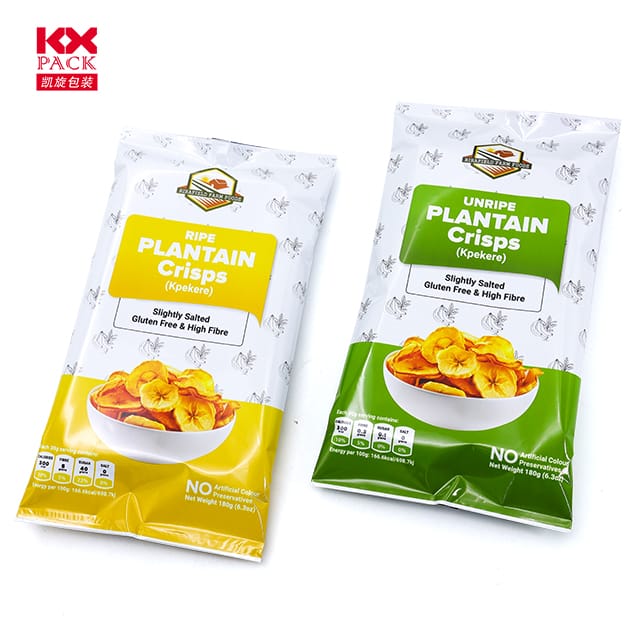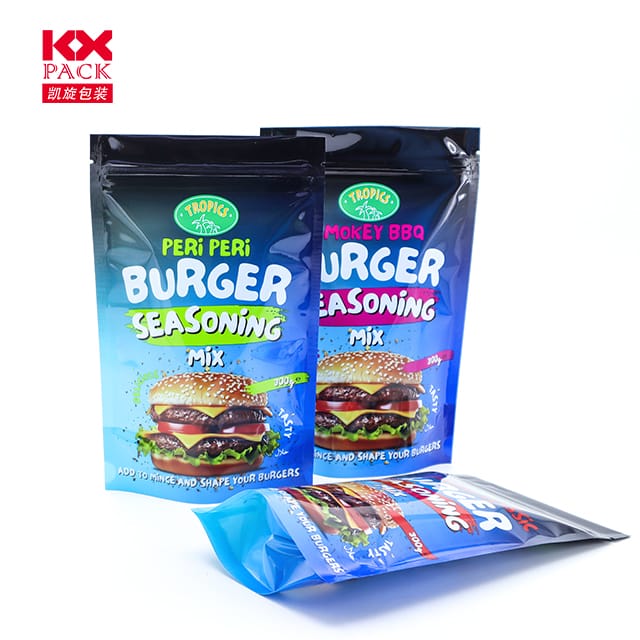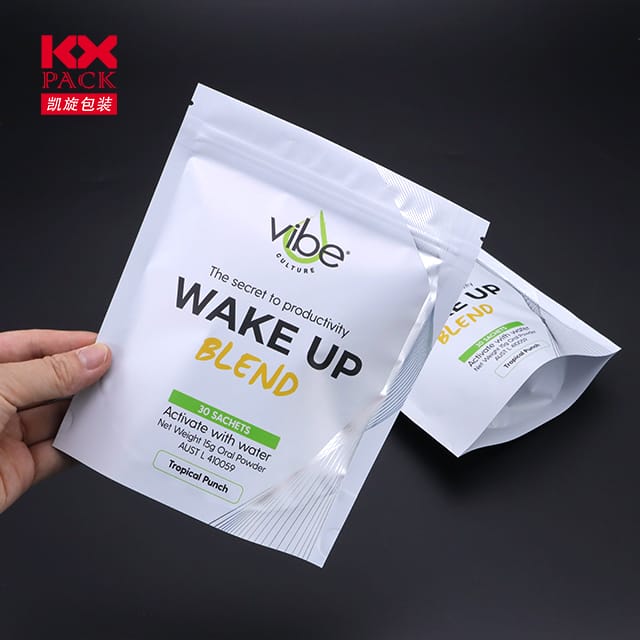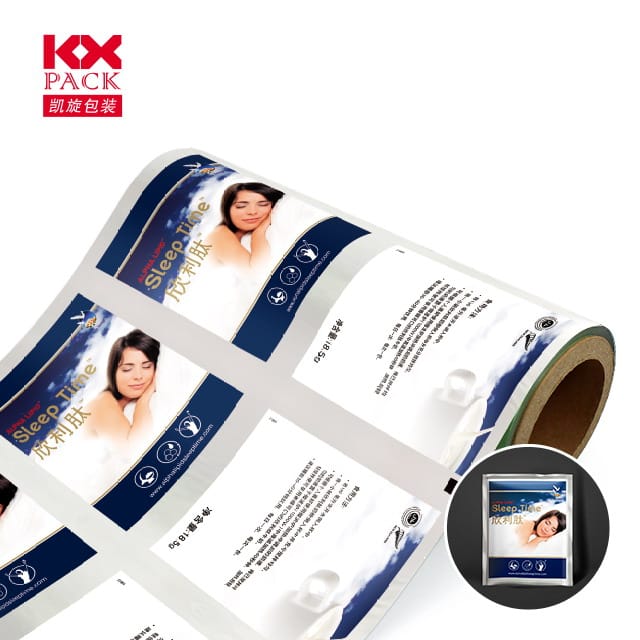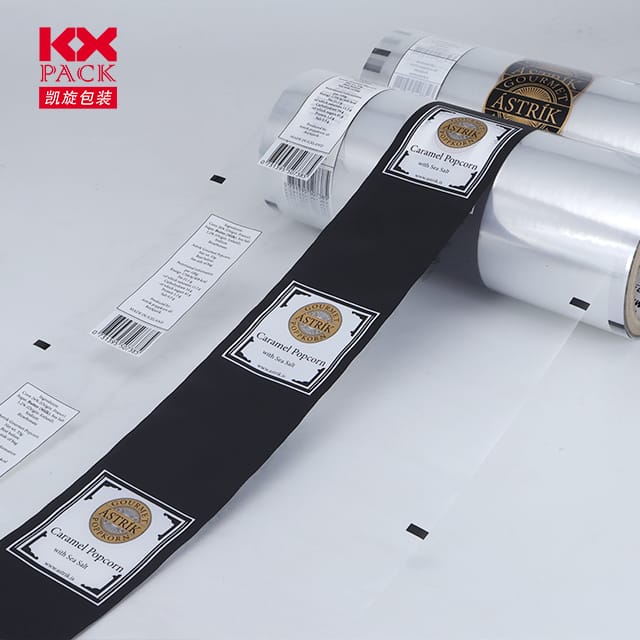Scannán pacáistithe: An laoch neamhshuimiúil de thomhaltóirí nua -aimseartha
Scannán pacáistithe
In the world of commerce, Sa chás go bhfuil an chéad imprisean ábhar agus cosaint táirgí neamh-shoshannta, scannán pacáistithe plays a quiet yet pivotal role. Ón séala briosc ar do ghránach maidin go dtí na pailléid fillte ag stóras, Coinníonn an t -ábhar solúbtha seo táirgí sábháilte, úr, agus tarraingteach ó thaobh amhairc de. Déanaimis an eolaíocht a dhíphacáil, nuálaíocht, and sustainability behind packaging film—and why it’s more than just “plastic wrap.”
What Is Packaging Film?
Packaging film is a thin, flexible material (often made from polymers like polyethylene, polapróipiléine, or biodegradable alternatives) used to wrap, déan, or protect goods. It comes in various forms:
- Stráice: For bundling pallets or securing items during shipping.
- Shrink Film: Shrinks tightly when heated, creating a tamper-proof seal.
- Scannáin bacainní: Blocks oxygen, taise, or light to preserve food and pharmaceuticals.
- Scannáin in -bhithmhillte: Eco-friendly options made from plant-based materials or compostable polymers.
Why Is It So Essential?
- Product Protection:
- Shields items from dust, taise, agus damáiste fisiciúil.
- Extends shelf life for perishables (E.g., feoil, cáis, tháirgeadh) by preventing spoilage.
- Brand Visibility:
- Custom-printed films turn packaging into a marketing tool, aitheantas branda a neartú.
- Efficiency & Cost Savings:
- Lightweight and space-saving, reducing shipping costs and carbon footprints.
- Automated machinery allows high-speed packaging for mass production.
- Áisiúlacht:
- Resealable zippers or easy-tear features enhance user experience.
Nuálaíochtaí a Thiomáineann an Todhchaí
The packaging film industry is evolving rapidly to meet sustainability demands and functional needs:
- Sustainable Materials:
- Brands are shifting toward in-bhithmhillte, inmhúirín, or recyclable films (E.g., PLA, derived from corn starch).
- Athchúrsáil iar-thomhalta (Pcr) content is becoming more common.
- Pacáistiú Cliste:
- Films embedded with sensors or QR codes track freshness, detect leaks, or provide anti-counterfeiting measures.
- Scannáin Inite (made from seaweed or starch) are emerging for single-use food wraps.
- Níos tanaí, Stronger Films:
- Nanotechnology improves barrier properties, allowing thinner films without sacrificing strength.
- Circular Economy Solutions:
- Companies are designing films for easier recycling or reuse (E.g., mono-material pouches).
Challenges on the Horizon
In ainneoin a buntáistí, packaging film faces criticism:
- Plastic Waste: Single-use films contribute to landfills and ocean pollution.
- Recycling Hurdles: Scannáin ilchisealacha (common in snack packaging) are hard to recycle.
- Costas vs. Inbhuanaitheacht: Eco-friendly alternatives often cost more, slowing adoption.
An bóthar amach romhainn: Balancing Innovation and Responsibility
The future of packaging film lies inníos cliste, greener solutions:
- Industry Collaboration: Brands, suppliers, and recyclers must work together to standardize eco-friendly materials.
- Oideachas tomhaltóra: Encouraging recycling and proper disposal of films.
- Brú rialála: Governments are introducing bans on single-use plastics, incentivizing innovation.
Conclúid
Packaging film is a testament to human ingenuity—a tiny layer that safeguards, promotes, and connects products to consumers. As we strive for a more sustainable future, the challenge is to harness its potential without compromising the planet. Whether it’s through biodegradable materials, Teicneolaíochtaí Cliste, or circular design, the next generation of packaging film will redefine how we protect, cuir i láthair, and perceive the goods we love.
What’s your take? Do you prioritize eco-friendly packaging, or is functionality your top concern? Déanaimis plé sna tuairimí! 🌱📦
Stay curious, and subscribe for more insights into the materials that shape our world! 🚀



